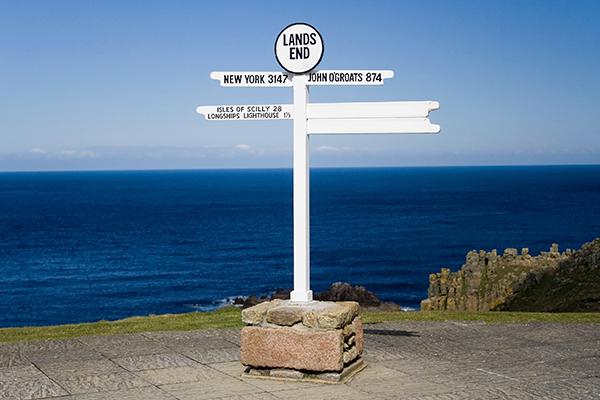The Bedford Park 'House History Initiative' in West London is helping local residents to bring to life the stories of people who have lived in their homes in years past. Using the power of group working, social media and online research they have formed into a network of amateur historians working to find and record the stories from their own homes, streets and local community - using the RSA's 5 Principles of Networked Heritage as a guide.
Read the RSA's 5 Principles of 'Networked Heritage'
Start with people
With the help of the current families living at Bedford Park our project sets out to capture and share all the known stories and to reveal the lives of the less well-known people that have lived here since building started in 1875. Many residents have already flagged up documents, photos and other records that they have discovered about their home. The House History Initiative project uses social media and specially designed web templates to help residents share and publish their discoveries. One of our first ‘historians’, local resident Francis Cherry, was even interviewed about his discovery for the local press.
Heritage is what you choose to make of it
Intended as a project for all ages, the Bedford Park Residents Association is working with Chimni to help deliver the project. It has been well documented that Bedford Park has had a number of famous residents including the poet WB Yeats; the French Impressionist painter Camille Pissarro; the playwright Pinero; the actor Henry Oscar and the Russian revolutionary Stepniak, who killed the chief of secret police in St Petersburg and would subsequently himself be killed by a train on a Bedford Park level crossing. It’s also important to us, however, that the heritage of Bedford Park isn’t limited to these more famous figures because, after all, heritage can include everyone and comes in many different guises.
Go beyond yesterday’s battles
The demands of online communication can clash with heritage practitioners’ focus on more analogue face-to-face activity. The House History Initiative goes beyond this as well as online help pages and guides, we have worked with residents to agree a template for writing the stories and have created a list of ‘categories’ that will help us to build a database searchable by theme, location or date. Each resident will get an online log in, which will enable them to store the pictures, documents and text summaries that they amass. These logs will be grouped together to provide a shared resource for the group, as well as providing the data behind a new website being built to allow everyone to share the information we create. Over time we are planning to build augmented reality apps, enabling people to discover our histories by simply pointing their smart devices at a particular house.
You can read more about our project online here
Make Heritage Your Local USP
To help us in this work we have commissioned the eminent house historian Melanie Backe-Hansen to work with us on a programme of events this year, aimed at giving residents the tools and knowledge to uncover the magic concealed in their home histories. Melanie is the author of two books: House Histories: The Secrets Behind Your Front Door (2011) and Historic Streets and Squares: The Secrets on Your Doorstep (2013) and regularly writes for luxury lifestyle magazines and the national press.
The house histories will complement the great work done by the local history societies on the architectural history of Bedford Park, but with a particular focus on the personal and family histories of people who have lived here. It is our intention to help residents to discover and catalogue these lives in order to build a unique set of Bedford Park house histories. Individually these will enrich relationships with our own homes and cumulatively the histories will create a shared resource for members and friends about the colourful suburb in which we live.
Find out more about the work of Chimni and the RSA's ongoing inquiries into Heritage, Identity and Place here
Related articles
-
Building a museum without walls in Peru
Julia Earle Alice Merry
Learn about a Fellow-led project around bringing museums and heritage to locals in Peru
-
The RSA's Heritage Index: A view from Italy
Maurizio Fantato FRSA
What does the RSA's work on Heritage, Identity and Place mean in an international context, and how can it be used to further understanding of heritage in schools? Maurizio Fantato blogs about how it's being used in Italy.
-
Place - from a shared stake to shared responsibility
Joanna Massie
What makes a sense of place – and how do you empower everybody in a community to feel proud of, and able to contribute to, where they live and work? And how do you build this sense of place, through strategic interventions – and community ownership? Joanna Massie explores.



Be the first to write a comment
Comments
Please login to post a comment or reply
Don't have an account? Click here to register.